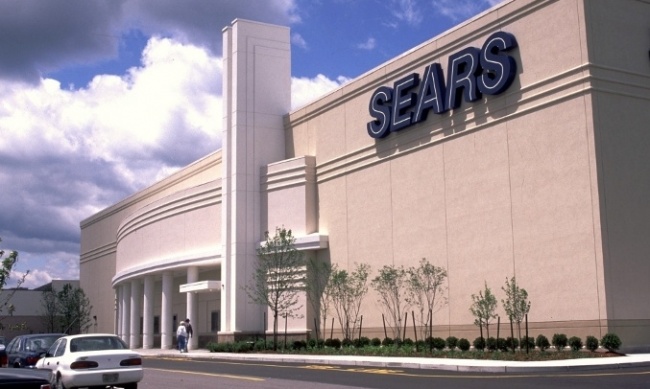As a retailer, and as someone who remembers using the Sears Wish Book instead of writing letters to Santa when I was a kid, I found the decline and bankruptcy of Sears quite interesting and decided to look further into it. However, since I teach a university class in retailing, instead of researching it up myself, I decided to have my students do the research for me. Here are some of the reasons they found for the collapse of Sears:
CEO Eddie Lambert. Most people who have discussed Sears view Lambert as a very good businessman and hedge fund manager but a lousy CEO of a retail operation. Described as both a micromanager and extremely hands-off, Lambert almost never put in an appearance in at Sears’ headquarters, preferring to communicate via Skype and other video software or by email at all hours of the day and night from his home office at Indian Creek Island off the coast of Florida. Famously, he would hold hours-long video conferences during which managers would make presentations, which Lambert would question until he found something the presenter could not immediately answer and then launch into a furious diatribe against them. Needless to say, this made it hard to keep staff and Sears’ management turned over quite often during Lambert’s tenure. Lessons: If you don’t know what you are doing, hire someone who does; treat your staff as you would like to be treated.
Complacency. Sears was the number one retailer in the US and arguably the world from the 1880s until Walmart over took in in 1992. Business journalist Geoff Colvin wrote in 1991 that Walmart was positioned to move past Sears in terms of overall sales. The response of Sears’ executives? They wrote to Colvin that the article was "irresponsible and misleading, and that even if Walmart happened to beat Sears in a given month, it could never overtake Sears long-term." Walmart moved past Sears later that year and never fell behind Sears again. Lesson: Don’t ignore your competition. Don’t obsess over them (Walmart never did) but don’t dismiss them either.
Use your advantages. Sears was the home of three of the most iconic brands in all off retailing: DieHard, Kenmore and Craftsman. Additionally, the company developed two more famous (now independent) brands: Allstate Insurance and the Discover card. It also created an incredibly successful promotional campaign "Come See The Softer Side of Sears" promoting its clothing lines which revitalized clothing sales for the company during the late 1980s through the mid -1990s. All of those brands and campaigns have been terminated, spun off or sold off to raise cash to pay down the company’s debt. In addition, Sears never leveraged its store brands the way it could have. (It also dropped valuable ones such as Martha Stewart and Whirlpool, when management viewed them as too expensive to continue to sell.) DieHard was batteries, Kenmore was larger kitchen appliances and Craftsman, power tools. Imagine a line of smaller Kenmore kitchen products like toasters, can-openers or even cabinets and backsplashes. How about, instead of just batteries, a line of DieHard auto parts and accessories? Craftsman could even have become an entire men’s lifestyle line incorporating clothing, home improvement and leisure items. Lesson: Look at what you have from a broader or different angle.
Can Sears turn itself around? Doubtful. Very few retailers have managed to turn themselves once a death spiral starts (Best Buy is a notable exception). Can you learn something from Sears’ collapse? Absolutely.
The opinions expressed in this column are solely those of the writer, and do not necessarily reflect the views of the editorial staff of ICv2.com.




